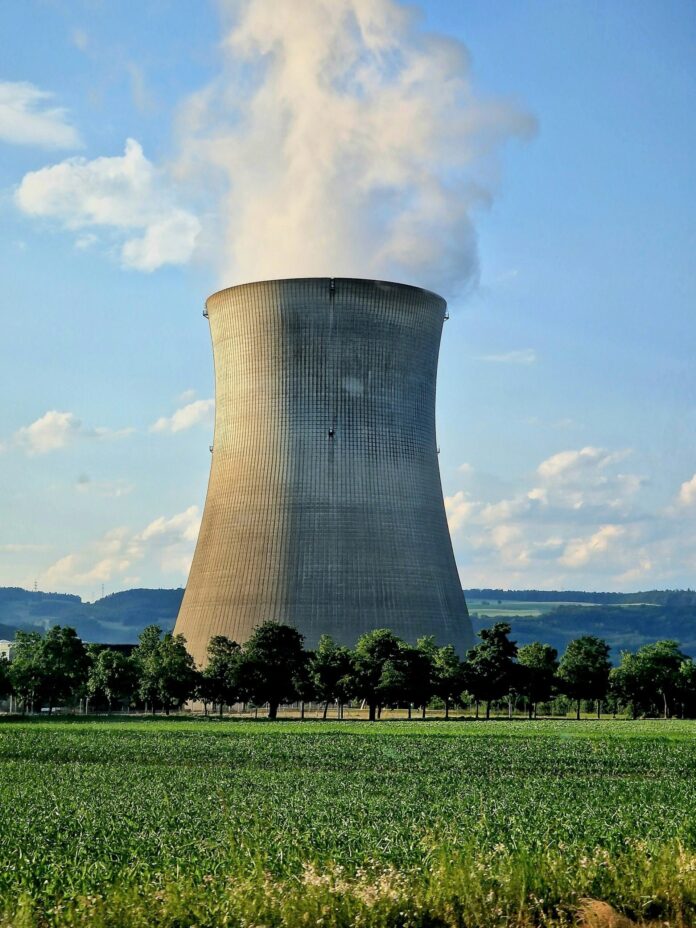For decades, nuclear fusion has been the holy grail of energy production. It promises virtually limitless clean energy, mimicking the very process that powers the sun. But what exactly is fusion, and how close are we to making it a reality?
What is Nuclear Fusion?
At its core, nuclear fusion is the process of combining light atomic nuclei to form heavier ones, releasing enormous amounts of energy in the process. It’s the opposite of nuclear fission, which splits heavy atoms and is the basis of our current nuclear power plants. Fusion offers several tantalizing advantages: it produces no greenhouse gases, generates minimal radioactive waste, and uses abundant fuel sources like hydrogen isotopes found in seawater.
The Potential of Fusion Energy
The potential of fusion is staggering. A fusion reactor could theoretically produce several times more energy than a conventional power plant of the same size, all while leaving a much smaller environmental footprint. This could revolutionize our energy landscape, providing a nearly inexhaustible source of clean power to meet the world’s growing energy demands.
Challenges in Achieving Fusion
Achieving fusion on Earth is no easy feat. The primary challenge lies in the extreme conditions required. Fusion needs temperatures hotter than the center of the sun. At these temperatures, atoms are stripped of their electrons, forming a plasma. Containing and controlling this plasma is one of the biggest hurdles in fusion research.
Current Approaches to Fusion
Scientists are primarily pursuing two approaches to fusion: magnetic confinement and inertial confinement. Magnetic confinement uses powerful magnets to hold the superheated plasma in place, while inertial confinement uses lasers to compress and heat fuel pellets to fusion conditions. Both methods have shown promise, but also face significant technical challenges.
The International Effort: ITER
The International Thermonuclear Experimental Reactor (ITER), currently under construction in France, is the world’s largest fusion experiment. It aims to prove the feasibility of fusion as a large-scale, carbon-free source of energy. ITER uses the magnetic confinement approach, specifically a design called a tokamak, which resembles a giant donut-shaped chamber surrounded by powerful magnets.
Private Sector Involvement
While ITER is the most high-profile fusion project, it’s far from the only one. Private companies, backed by billionaire investors, are also entering the fusion race. These startups are exploring alternative designs and aiming to accelerate the timeline for commercial fusion power, bringing fresh perspectives and resources to the field.
The Road to Net Energy Gain
Despite the enormous potential, fusion energy still faces significant hurdles. The biggest challenge is achieving “net energy gain” – producing more energy from the fusion reaction than is required to initiate and sustain it. While there have been promising breakthroughs, including a recent experiment at the National Ignition Facility that achieved fusion ignition, we’re still years away from a commercial fusion reactor.
The Debate: Fusion vs. Other Clean Energy Sources
Critics argue that fusion is always “30 years away” and that we should focus on proven renewable technologies to combat climate change. Proponents counter that the potential benefits of fusion are too great to ignore and that it could provide the baseload power needed to complement intermittent renewables like wind and solar.
The Future of Fusion
As we stand on the cusp of potentially world-changing breakthroughs in fusion technology, it’s clear that the journey to harness the power of the stars is one of the most exciting frontiers in energy research. While fusion may not solve our immediate energy challenges, its development could revolutionize how we produce and consume energy in the latter half of this century.
The race to achieve practical fusion energy embodies the very spirit of human innovation and our quest for clean, abundant energy. As research progresses and new milestones are reached, fusion remains a beacon of hope for a sustainable energy future. Whether it will live up to its promise remains to be seen, but the pursuit itself is pushing the boundaries of science and technology, yielding valuable insights and innovations along the way.

